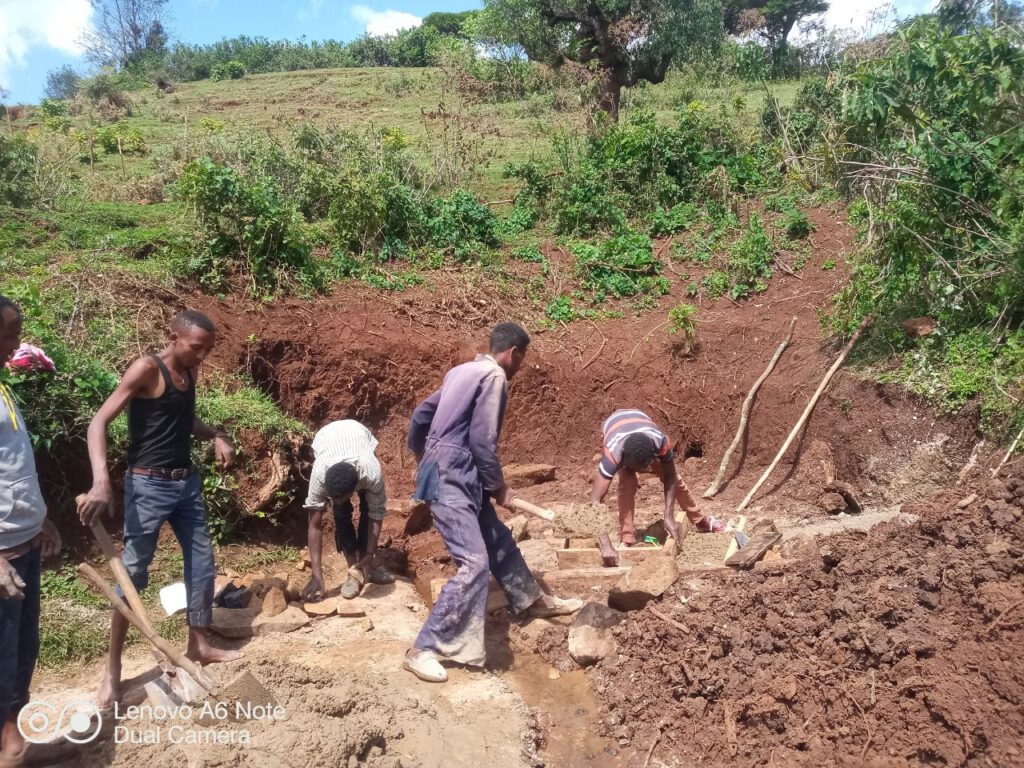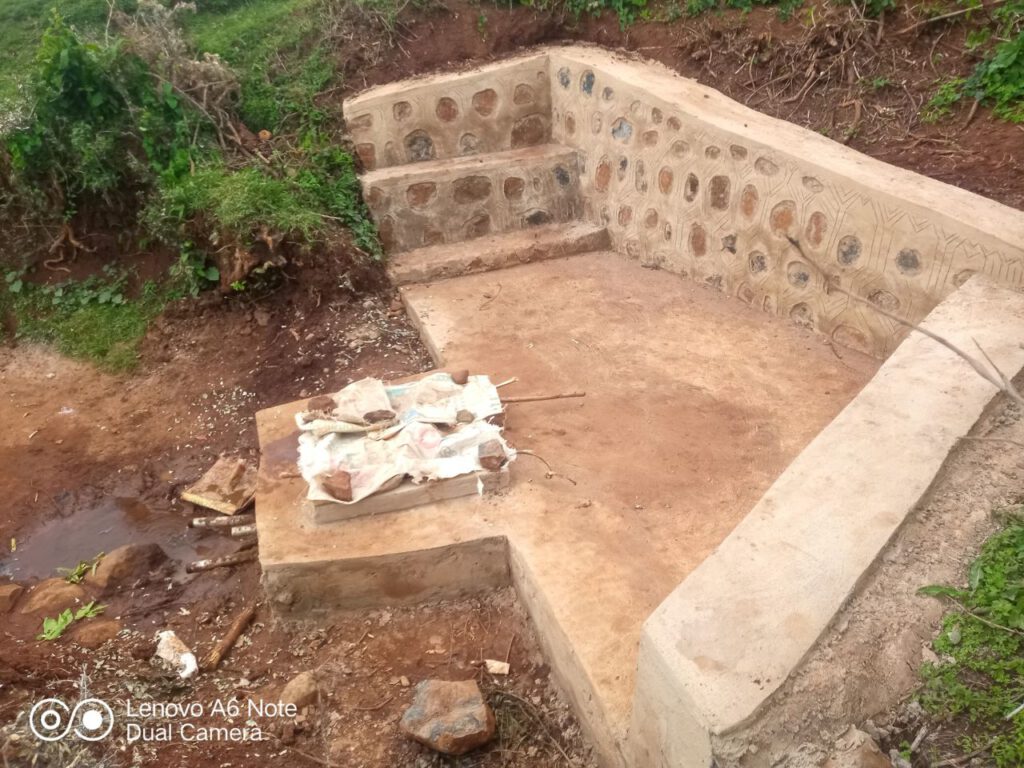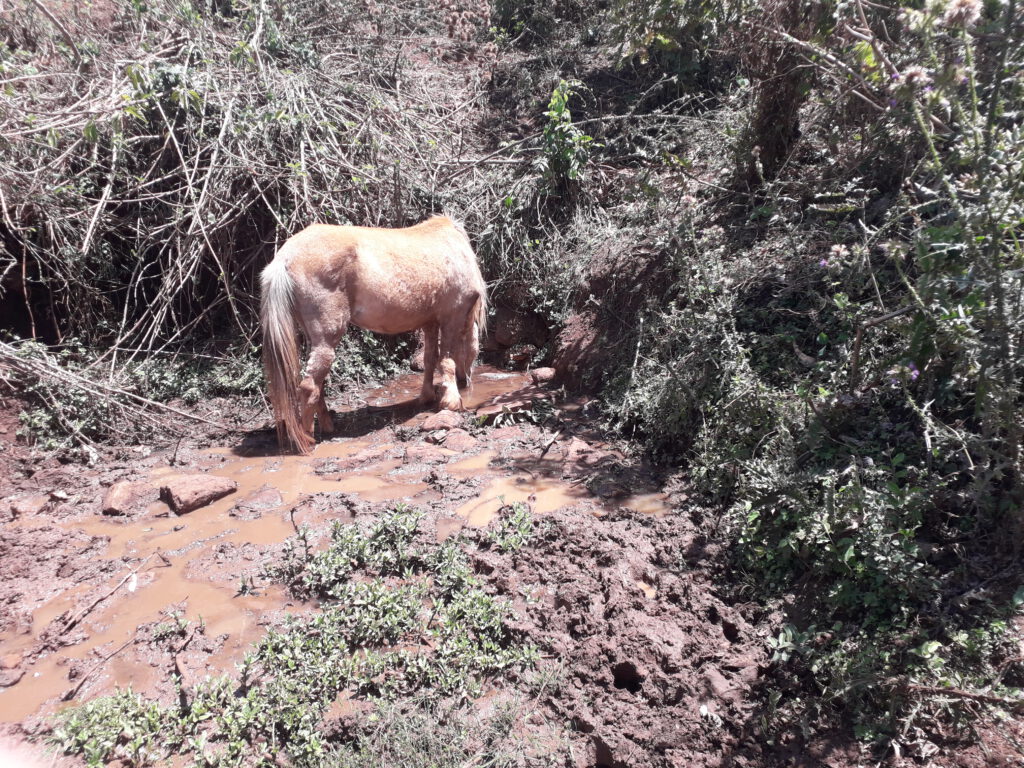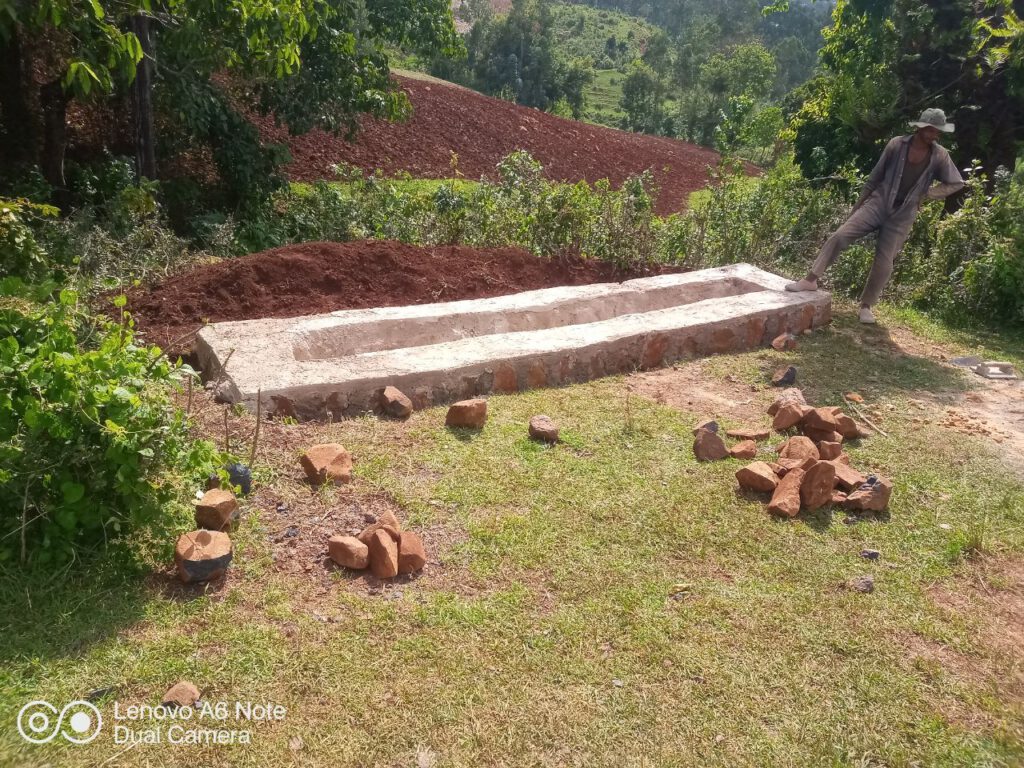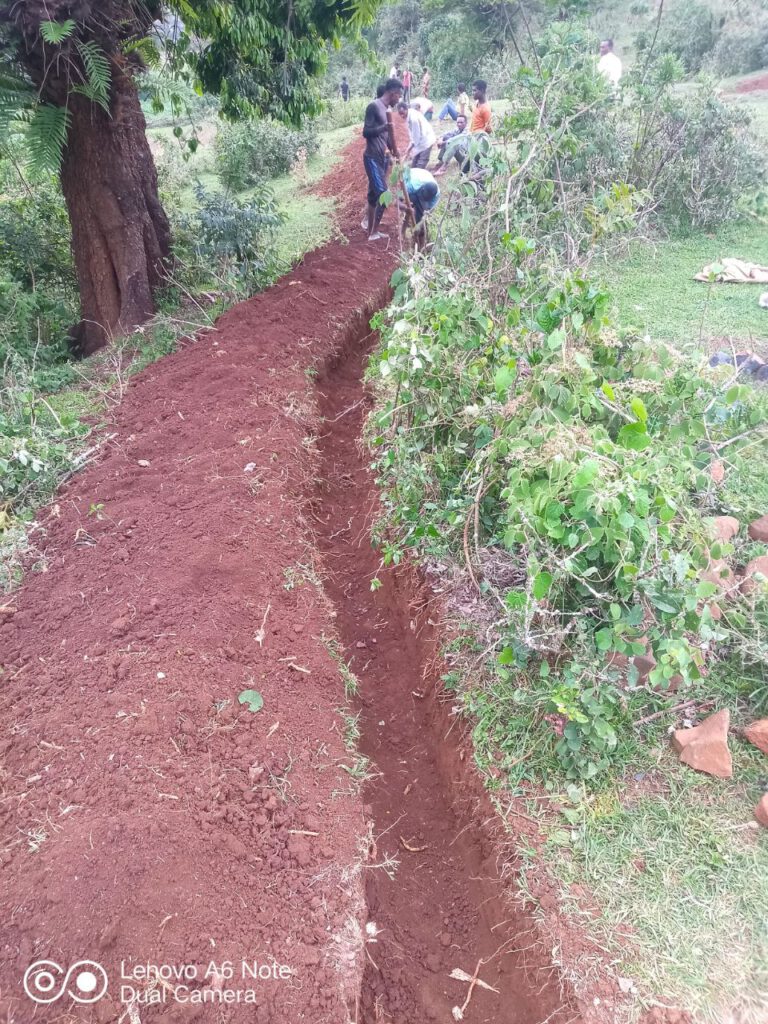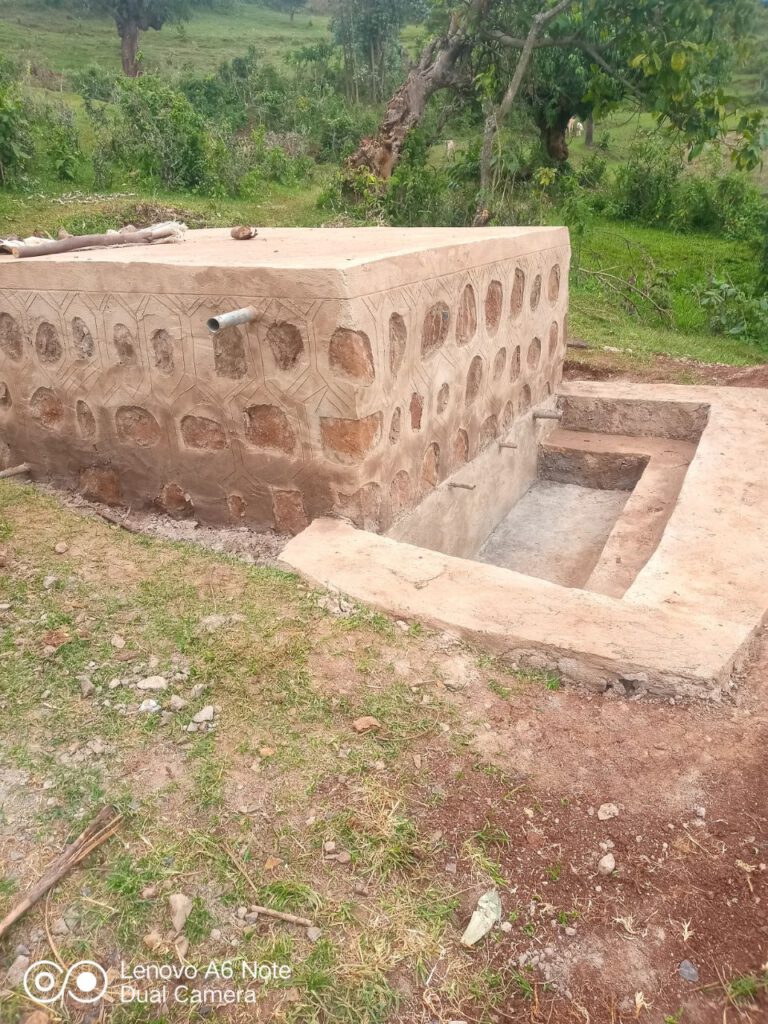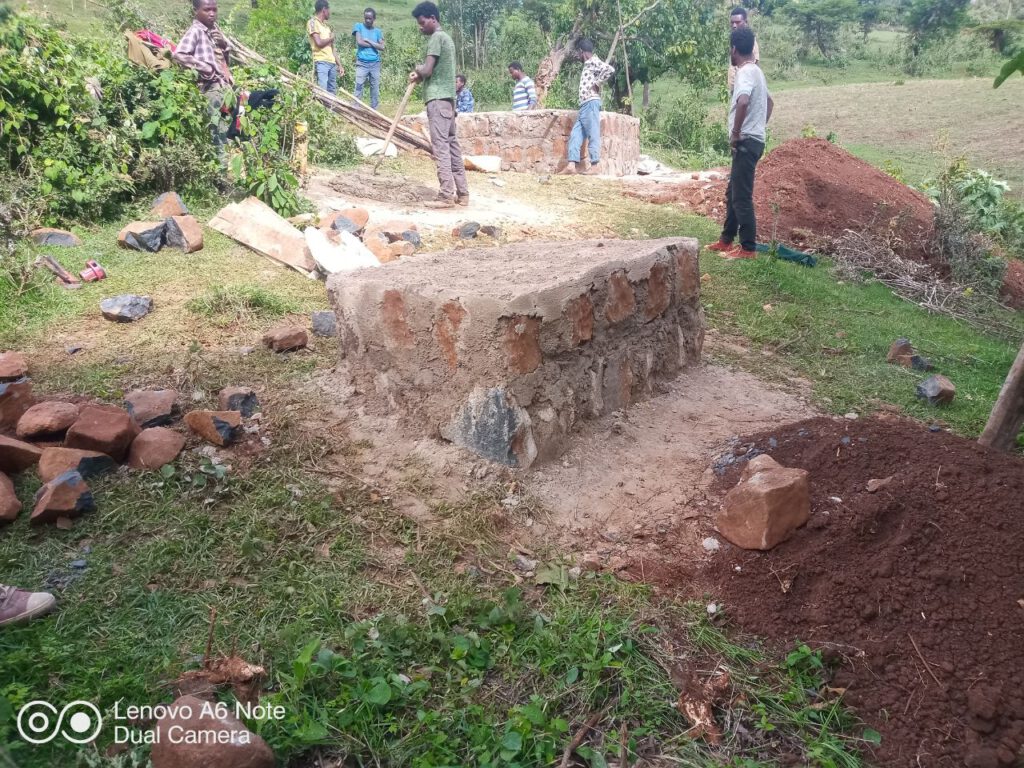Ethiopia
Ambacho (Oromia Region)
In honor of Henner Lang, the founder of the Water Foundation, who died in 2021 as a result of a corona infection, two water supply plants are being built in his beloved Ethiopia, one in the community of Ambacho (Oromia region) and a second in the village of Mutti (Amhara region).
Background
Only 57% of the population in Ethiopia has regular access to clean water. People in the project area have to travel long distances to fetch water from unsafe water sources. Because animals also use these sources, disease transmission is common. It is estimated that 60% to 80% of communicable diseases and 50% of cases of malnutrition in Ethiopia are due to limited access to clean water and sanitation.
Women and girls are typically responsible for carrying water in heavy jerry cans on their backs, which is physically demanding and also limits their ability to participate in school and community events.
Although the community is well motivated and organized, it is beyond their financial and technical capacity to carry out the work to ensure access to clean water without support.
Cooperating partner EDA-E has successfully completed numerous projects to provide clean water in the region, including the most recent water project in Godda Waliyye, located just west of the project site.
Project Site
The project is located in Ambacho Municipality, which is 185 km west of Addis Ababa. Ambacho is part of the administrative district (Kebele in Amharic) of Chobi-Tullu Chari in Chaliya district, near Gedo town. Chaliya is one of the districts of the West Showa Zone in the Oromia region. The 185 km road section between Ambacho and Addis Ababa is paved. The spring is located at 2475 m above sea level.
Project beneficiaries
Beneficiaries are actively participating in project development and implementation. All earthworks are carried out by community members. In addition, a water committee will be formed in advance, and its members will receive appropriate training to ensure the sustainable operation of the water supply system. The community also provides the materials for the fencing of the project.
Direct beneficiaries:inside the project are 100 households with a good 600 people. Occasionally, another 150 households with 900 people will share the water supply when their wells do not carry enough water. In addition, there are 700 cattle, 600 sheep and goats, and 200 donkeys.
Project activities
To develop and cap the spring, the source of the spring water is first identified. Earth is then excavated until impermeable soil or rock is reached. The excavation area will be covered with concrete walls and a poured concrete floor, and the surrounding area will be cleared. The area around the spring will be backfilled with rocks and gravel. The entire area will then be covered with a concrete slab, leaving a manhole cover for cleaning and inspection of the spring box. A minimum of three metal pipes are inserted into the concrete exterior wall to serve as drain, discharge and overflow lines. Depending on the type and size of the spring, a vent pipe may also be installed. Finally, a retaining wall is constructed to protect the spring from flooding.
A masonry wall with concrete base and top slabs will be built on a solid foundation to store about 4 m3 of water in the concrete tank and make it available when needed.
In addition, a washstand with two basins will be built so that beneficiaries can wash their clothes on site. This reduces the amount of water and energy to transport water for washing purposes.
People in the village rely on domestic animals, so it is important to ensure that their water needs are also addressed. A livestock trough will allow the animals to have relatively clean water on site, saving them not only from thirst, but also from parasites such as leeches, which are common in the area.
A 1500 m pipeline will bring the water from the source to the water tank and to the water point, which will be built at the end pipeline of the. This will allow the population easier and closer access to clean water.
Sponsors
Many private donors who are having the water supply facility built in memory of Henner Lang.
Project costs
10.200 Euro
Project period
April until June 2022
